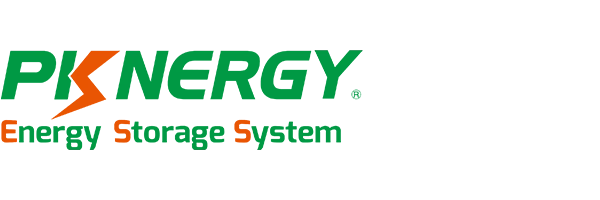What is DER?
DER (Distributed Energy Resources) includes small-scale, decentralized energy production and storage systems. These resources can either connect to the grid or operate independently. Common examples of DER include solar photovoltaic (PV) systems, wind turbines, battery energy storage systems (BESS), fuel cells, microturbines, and demand response (DR).
Unlike centralized energy generation, DER offers flexibility and interactive capabilities with the grid, enhancing its reliability and balance.
Advantages of DER
-
Improved Energy Efficiency
- By generating and using electricity close to the point of demand, DER reduces transmission and distribution losses.
-
Energy Resilience and Independence
- DER enables users to maintain power during grid outages by leveraging local energy sources and storage systems.
-
Peak Shaving and Load Optimization
- DER reduces reliance on the grid during peak demand periods, lowering energy costs and easing pressure on the grid.
-
Environmental Benefits
- Many DER technologies rely on renewable energy sources such as solar and wind, reducing reliance on fossil fuels and minimizing greenhouse gas emissions.
Common DER Technologies
-
Solar Photovoltaic (PV) Systems
- Convert sunlight into electricity and are among the most widely used DER technologies.
-
Wind Turbines
- Small-scale wind turbines are ideal for windy areas, providing local energy generation.
-
Battery Energy Storage Systems (BESS)
- Store excess energy for future use, particularly in conjunction with solar or wind power, to balance supply and demand.
-
Fuel Cells
- Generate electricity through chemical reactions, often using hydrogen, suitable for long-duration power needs.
-
Demand Response (DR)
- Adjusts energy consumption during peak demand to stabilize the grid.
How Does DER Store Energy?
DER typically use battery energy storage systems (BESS) to store the electricity they generate to ensure that it can be supplied when needed. Here are some common ways to store energy for DER:
-
Battery Energy Storage
- Lithium-Ion Batteries: Widely used due to their high energy density and decreasing costs. They store surplus energy for peak times or outages.
-
Flywheel Storage
- Converts electrical energy into kinetic energy using a rotating flywheel, ideal for short-term, rapid-response applications.
-
Compressed Air Energy Storage (CAES)
- Compresses air for energy storage, which is later released to drive a generator.
-
Thermal Energy Storage
- Stores heat from solar or other sources, often for residential or commercial heating.
Conclusion
Distributed Energy Resources (DER) are transforming the traditional energy paradigm by decentralizing power generation, storage, and management. They enhance energy efficiency, resilience, and environmental sustainability, making electricity more flexible and reliable. With advancing technology, DER is poised to play an increasingly critical role in the future energy landscape, ensuring a greener and more secure energy supply.
Save Money, Protect Environment
PKNERGY helps you reduce your energy bills for your home solar energy storage, store your solar energy for use anytime- at night or during an outage.



